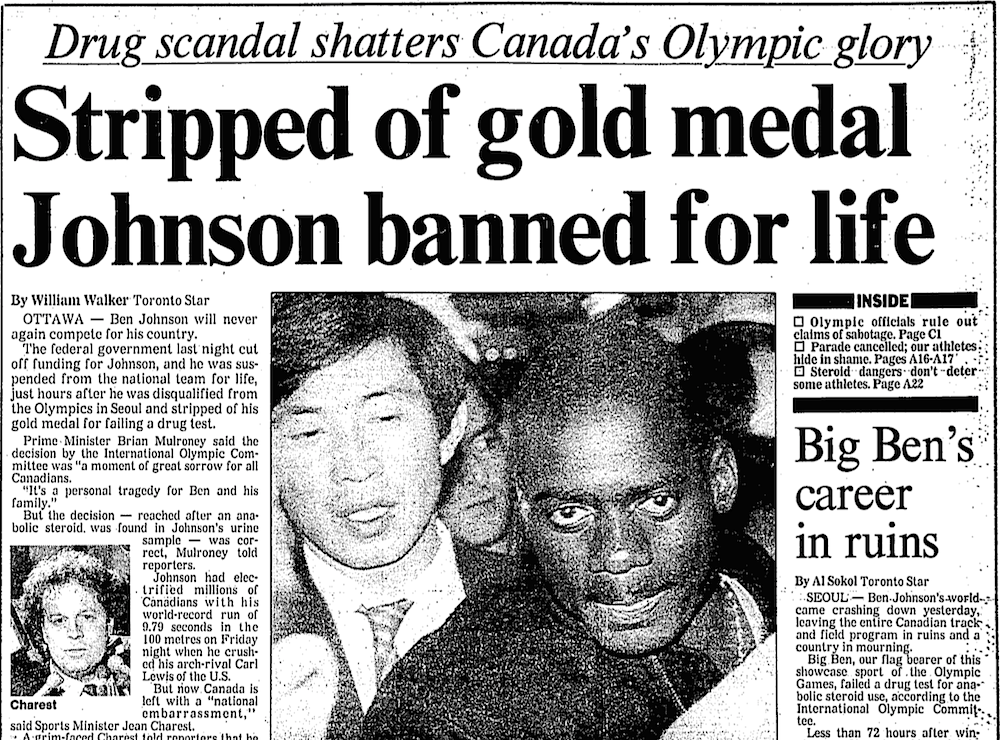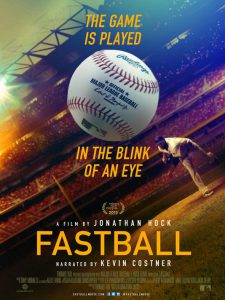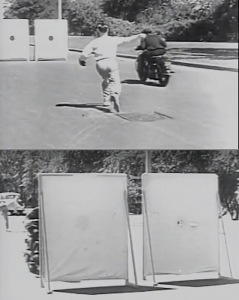I wasn’t that excited this year before the Olympics started. Probably all the negative reports about conditions in Rio. I don’t know. But then, once it got going, there I was, tuning in every night. I’m sure the strong Canadian performance had a lot to do with it. Penny Oleksiak and the rest of the swimmers; Andre De Grasse and the Canadian track team. But it wasn’t just the Canadians. Watching the young Brazilian duel with the French champion in men’s pole vault was amazingly exciting. Who knew?
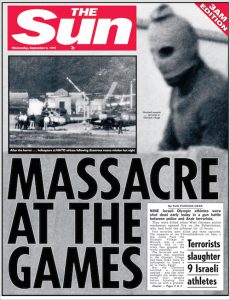 My earliest Olympic memories are from Munich in 1972. I was still only eight years old; a little under two months away from my ninth birthday. I can’t really remember how much I saw. I was certainly aware of the hostage-taking and eventual murder of the Israeli athletes. And I knew Mark Spitz won seven gold medals. Pretty sure I saw at least one of his races. Probably on Channel 7, ABC from Buffalo, with Jim McKay hosting.
My earliest Olympic memories are from Munich in 1972. I was still only eight years old; a little under two months away from my ninth birthday. I can’t really remember how much I saw. I was certainly aware of the hostage-taking and eventual murder of the Israeli athletes. And I knew Mark Spitz won seven gold medals. Pretty sure I saw at least one of his races. Probably on Channel 7, ABC from Buffalo, with Jim McKay hosting.
The Munich Games ran from August 26 to September 11, 1972. My grandfather died that August 26. Team Canada and the Soviets played all four Canadian games of the Summit Series between September 2 and September 8. All three of those incidents seem so separate and distinct to me. Funny how our memories work.
 I used to have an infallible memory. Never forgot a thing! Not so any longer now that I’m on the other side of 50. I’m still pretty good, but there’s just way too much, “You know… That guy… With the thing… We saw him in that movie the other night…” (Strange thing is, when I heard that a Canadian won a gold medal in the high jump at Rio, I knew right away that the last Canadian to win it was Duncan McNaughton in 1932, but without looking it up, I honestly can’t tell you the name of this year’s guy!)
I used to have an infallible memory. Never forgot a thing! Not so any longer now that I’m on the other side of 50. I’m still pretty good, but there’s just way too much, “You know… That guy… With the thing… We saw him in that movie the other night…” (Strange thing is, when I heard that a Canadian won a gold medal in the high jump at Rio, I knew right away that the last Canadian to win it was Duncan McNaughton in 1932, but without looking it up, I honestly can’t tell you the name of this year’s guy!)
It’s funny what I remember about the 1976 Olympics in Montreal. Yes, I know Nadia Comaneci was the star with those perfect 10s in gymnastics, but I’m not sure I ever saw her perform. Pretty sure I did see Greg Joy win silver in the high jump, but I may be mixing that up with how many times I’ve seen it since! Then again, I have very distinct memories of U.S. gold medalist Dwight Stones, so I must have been watching. I also remember Lasse Viren winning double gold in the 5,000 and 10,000 meters (which he had done previously in Munich). But what I remember best from Montreal in 1976 is Cindy Shatto in platform diving.
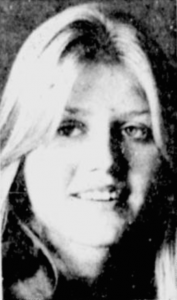 I’m not sure why. It may be because she was the daughter of Toronto Argos legend Dick Shatto … but he had retired long before I started watching football. It could be because she was 19 and pretty and I was a 12-year-old boy. (Legendary Vancouver sportswriter Jim Taylor once wrote, “the Canadian diving championships caper was a bonanza for girl-watchers because when Cindy Shatto walked by, you had to book space to fall into the pool.”)
I’m not sure why. It may be because she was the daughter of Toronto Argos legend Dick Shatto … but he had retired long before I started watching football. It could be because she was 19 and pretty and I was a 12-year-old boy. (Legendary Vancouver sportswriter Jim Taylor once wrote, “the Canadian diving championships caper was a bonanza for girl-watchers because when Cindy Shatto walked by, you had to book space to fall into the pool.”)
Shatto finished fifth and out of the medals in platform diving at Montreal in 1976. Our whole family was watching (or at least, my dad and I were) and I remember fans booing the judges as she fell out of second place in the second half of the competition. I expected to see a lot more about that when I looked up the stories from that night. The Gazette in Montreal said nothing about the controversy, quoting Shatto as saying: “I feel all right. Just about what I expected.”
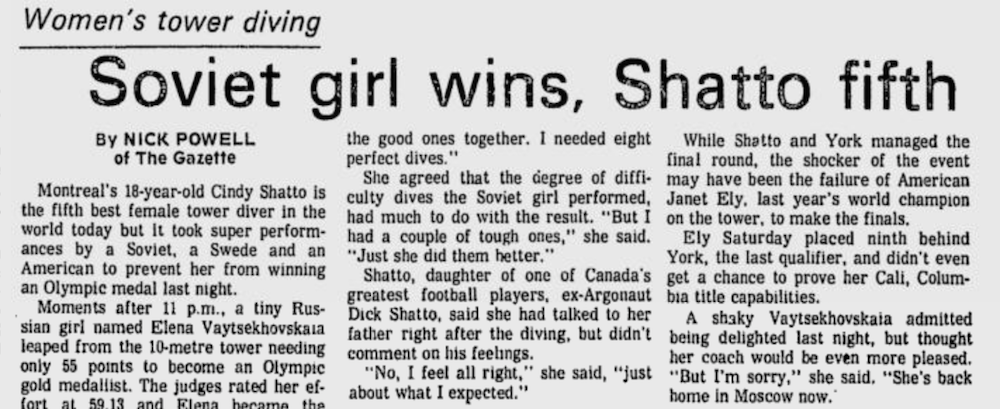
Montreal Gazette, July 26, 1976.
The Globe and Mail in Toronto had even less to say about it. It was almost enough to make me doubt my memories, but the Toronto Star told it the way I recall. “Shatto had been second at the half-way mark of the eight-dive contest,” wrote Len Coates, “but slipped back on some questionable decisions by judges, who were loudly booed by a crowd estimated at 5,000.”
“Some of it was good, some was terrible,” said Shatto of the judging. “Some dives I saw got way more than they deserved and some got way less… [but] fifth in the world isn’t too bad. I can’t complain.”
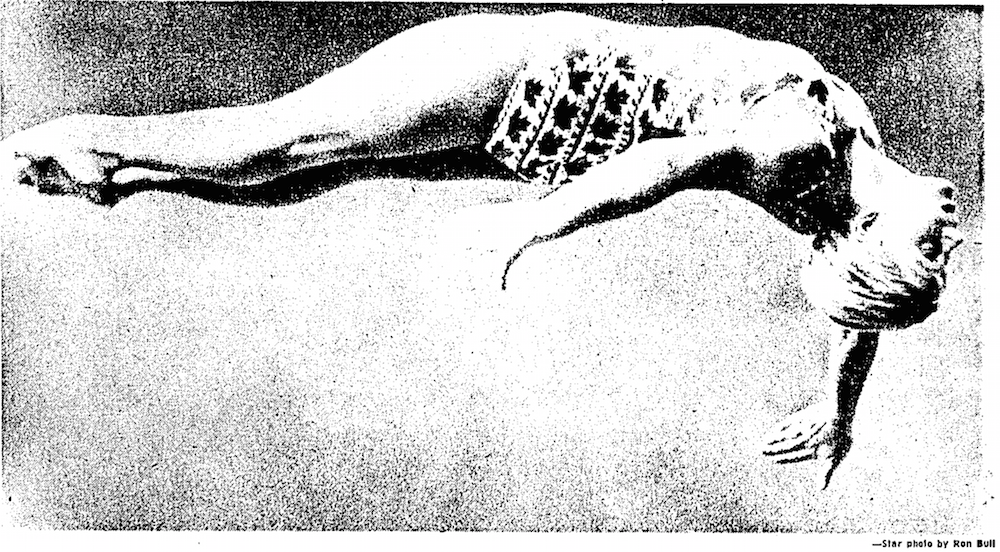
Shatto was more open about her feelings in Paul Patton’s Where Are They Now Column in the Globe and Mail in 1987. Back in 1976, countries with divers in the finals also were allowed to have judges handling the scoring. “There was a lot of controversy about that and they changed the rules after,” Shatto said. “It was won by a Soviet but they say I should have gotten a bronze or a silver. Finishing fifth was a disappointment. I had worked so hard for the Olympics. I was peaking at the right time. This meant everything to me and I had put my whole life into diving.”
I didn’t know it until I was writing this story, but Cindy Shatto died of lung cancer back in 2011. She was only 54.


